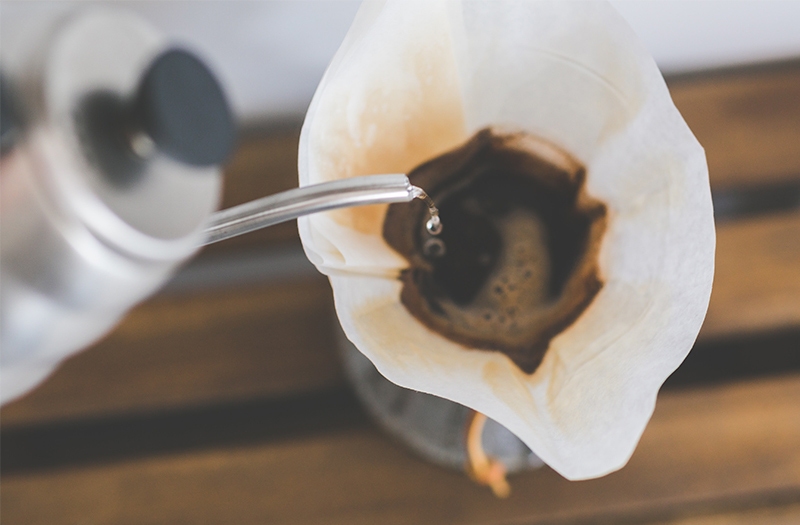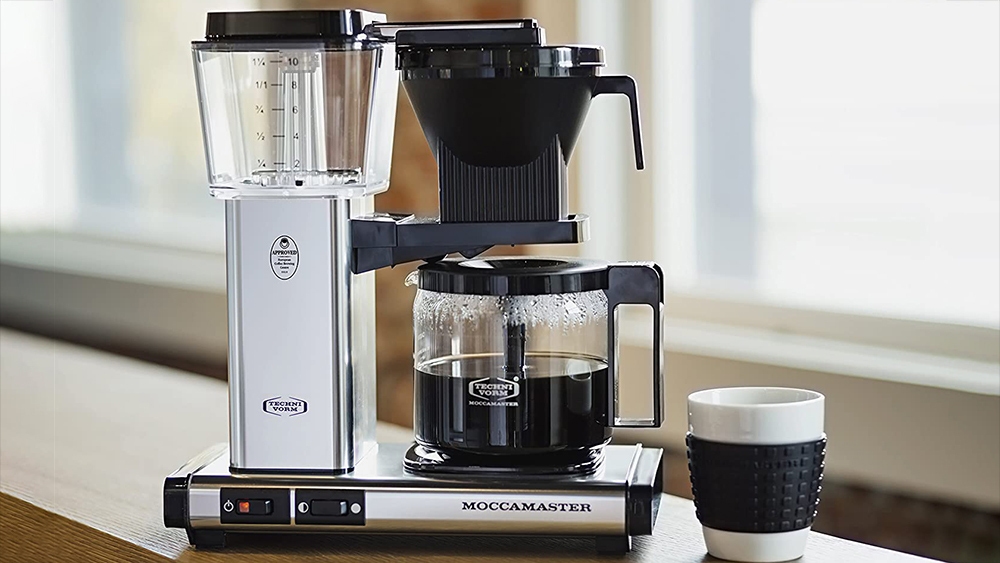
The same principle applies to making coffee. Putting the right amount of coffee grounds and water into your machine can truly make or break your cup of coffee. These are the only two ingredients for making coffee. Which makes finding the right ratio between the two so essential.
The coffee-to-water ratio – also known as a ‘brew ratio’ – is what most coffee drinkers first notice about a cup of coffee, even if they don’t know it. But upon first sip, they can pretty easily recognize which of the three categories of strength the coffee falls into:
- A weak coffee doesn’t use enough coffee grounds in brewing and tastes watery, papery and flat.
- A strong coffee doesn’t use enough water in brewing and tastes muddy and ashy.
- A balanced coffee uses the right ratio of water and coffee in brewing and achieves the optimal flavor and body of the coffee.
Even if you’re using the same machine, same coffee, and same grind size, different brew ratios will result in wildly different tasting cups of coffee. But the good news is that this is one of the few elements in coffee brewing that you have full control over.
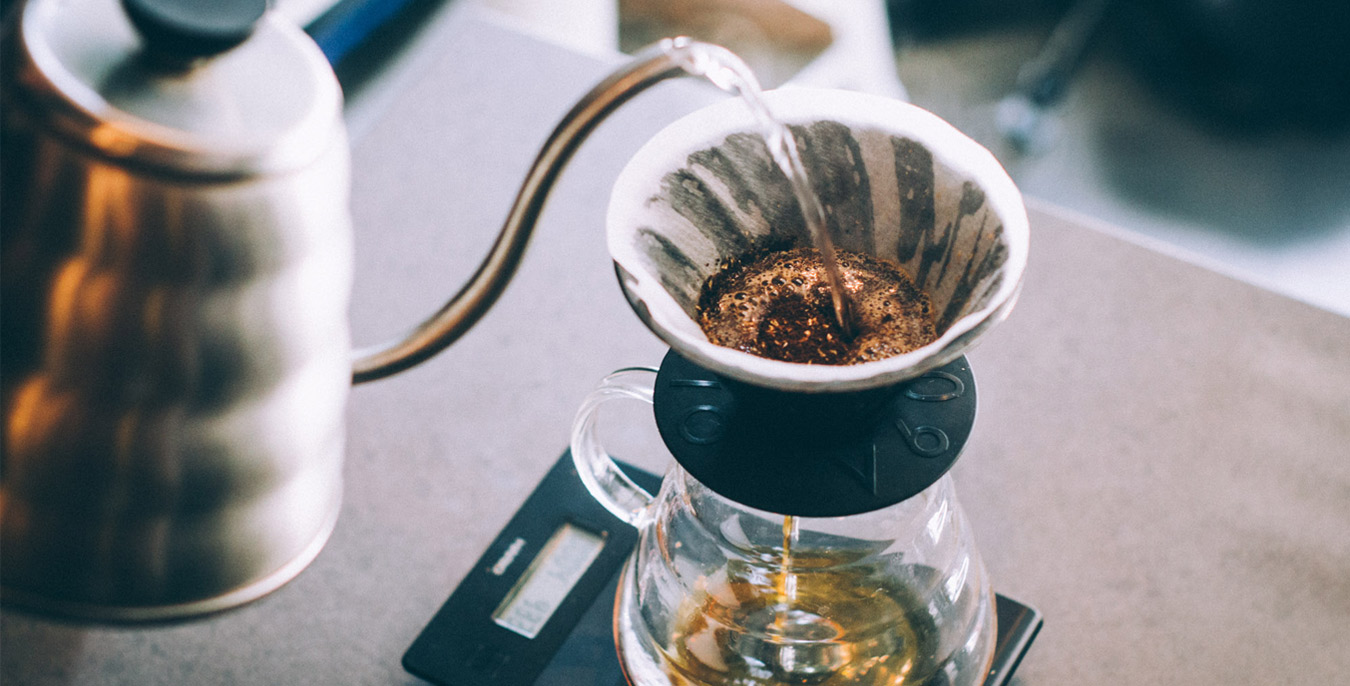
Regardless of how you measure your coffee and water, you should always aim for a water-to-coffee ratio of 16:1. In other words, you should have 16 parts water for every 1 part coffee. This might seem like a lot of water and not so much coffee. But this is the ratio that the Specialty Coffee Association has determined to be the “golden ratio” for coffee brewing. Numerous studies have shown that this is the ideal ratio for nearly all human palates, regardless if you’re an experienced barista or a typical coffee drinker. And while this ratio varies slightly by brewing device, it is a good starting point for home enthusiasts, whether you make your coffee in an automatic drip coffee machine, a Chemex, a French press or an AeroPress.
Luckily, achieving the ideal brew ratio and a balanced coffee from your coffee machine isn’t rocket science. It just takes a bit of math.
Measuring Coffee with a Scale
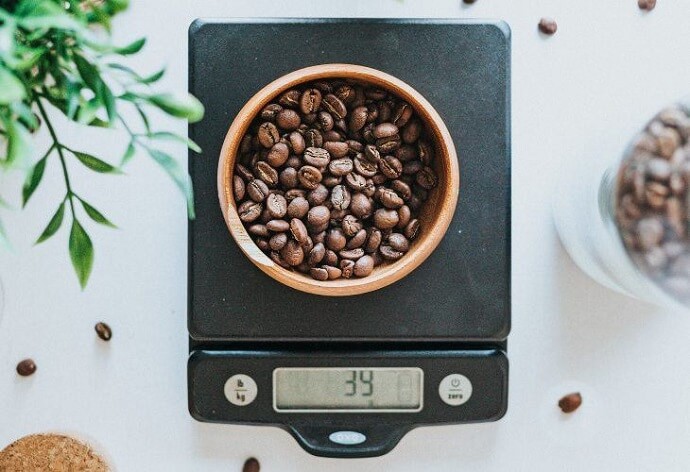
First, decide how many cups of coffee you’d like to brew. In this example, let’s say we want to make six cups. A ‘cup’ of coffee is not a standard unit of measure, but most coffee machine manufacturers indicate that a cup is 6 ounces of liquid coffee. So making a 6-cup pot of coffee is equal to 36 ounces of liquid coffee.
Here, we’re going to convert our 36 ounces to milliliters. Most coffee professionals use the metric system when measuring coffee and water, for two main reasons: the math is simply easier in grams and milliliters. And outside of the United States, most countries use these units of measure in their daily lives.
Back to our pot of coffee. 36 liquid ounces is equal to about 1,020 milliliters of coffee, or just over one liter. (1 ounce is equivalent to approximately 28.35 milliliters). Now that we have our total amount of water, we can determine the amount of ground coffee to use in brewing. This is where our magic water-to-coffee ratio of 16:1 comes into play. Simply take the total weight of the water in milliliters and divide by 16. In this example, our 1020 milliliters of water divided by 16 comes to roughly 64 grams (1 milliliter is equal to 1 gram). This is the amount of ground coffee you should use in brewing a six-cup pot of coffee.
To put it in even simpler terms, and to allow you to change the amount of coffee you want to brew, here are two equations to use to determine your amount of water and coffee you in brewing:
Water (in ounces): (# of desired cups) x 6
Coffee (in grams): ((# of desired cups) x 6 x 28.35) / 16
Measuring Coffee with a Scoop
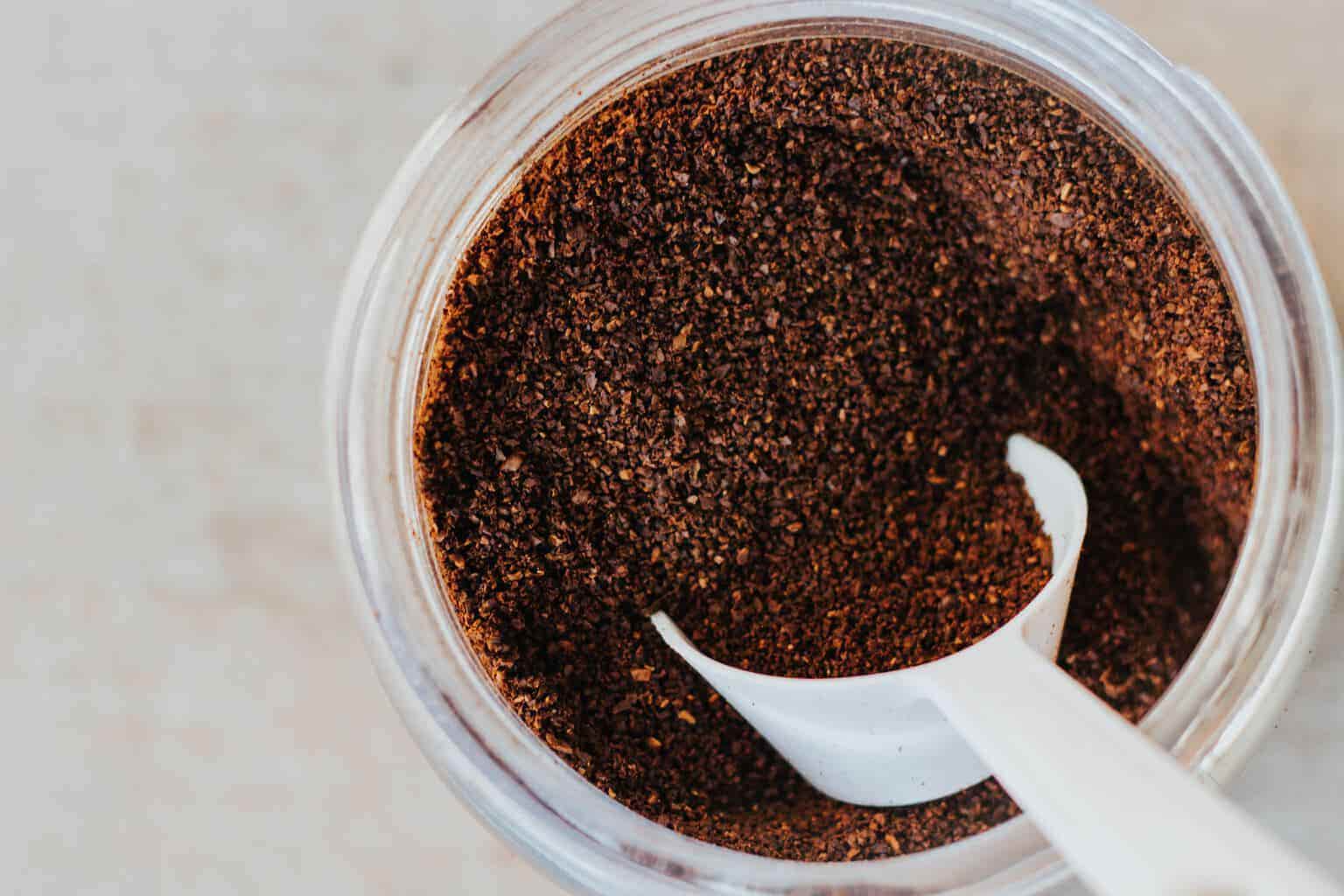
But if we assume that each scoop of ground coffee is equal to 10 grams, the math is quite simple. For each cup of coffee you want to brew, use an equivalent number of scoops. So if you’d like to brew a 6-cup pot of coffee, use 6 scoops of coffee.
We can double-check this math in the same equation we used for the scale method of measuring water and coffee. To brew a 6-cup pot of coffee, we calculated that we need about 64 grams of coffee. That means we need used about 10.7 grams of ground coffee per cup (64 divided by 6). Which is roughly the amount of coffee we can fit into our scoop.
However, it bears repeating that the amount of coffee that you scoop will vary each time you brew coffee. We suggest purchasing a scale so you can make great-tasting coffee every time you brew at home. It’s absolutely worth the investment.


